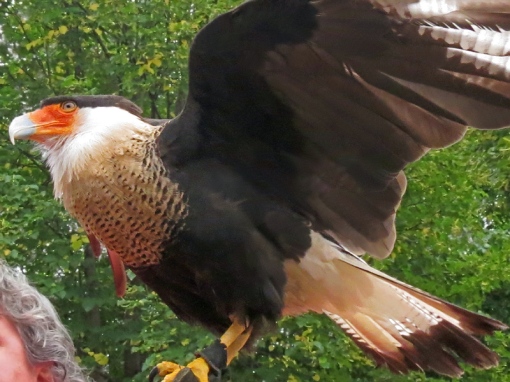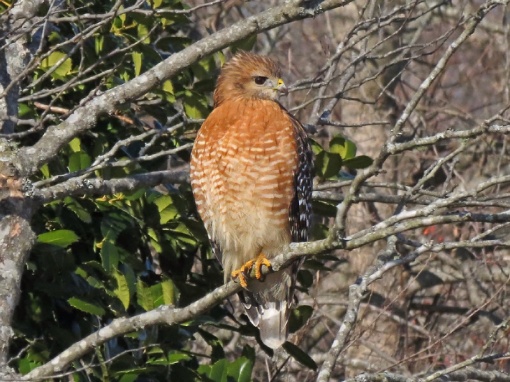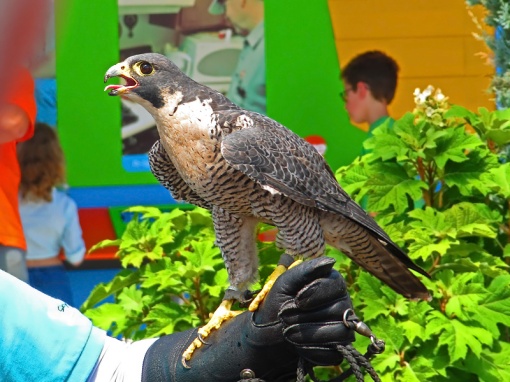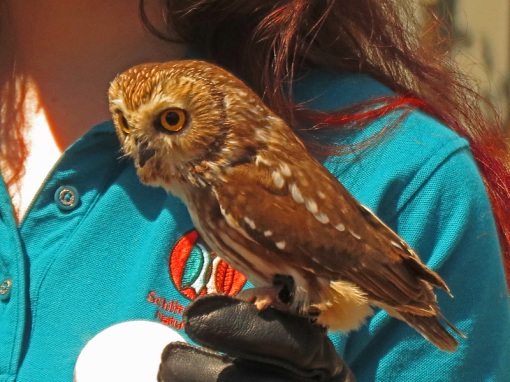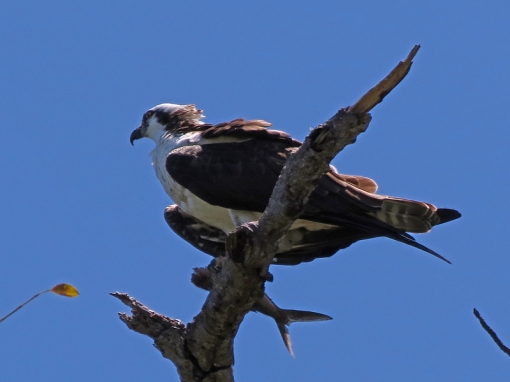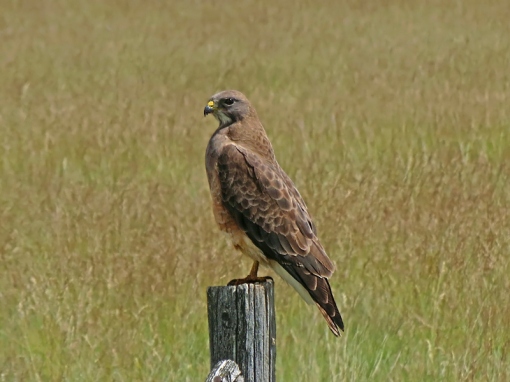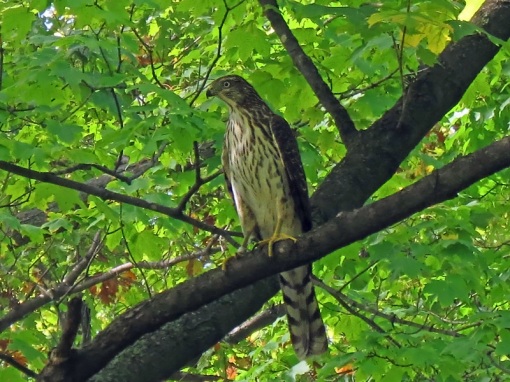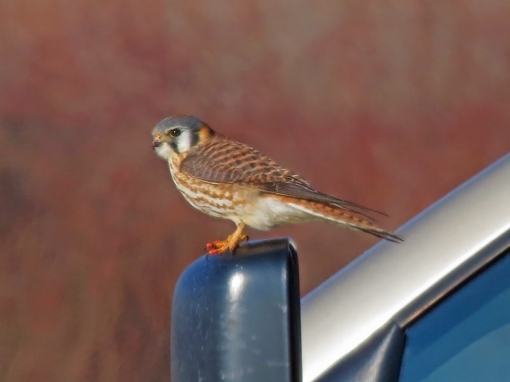
The Northern Crested Caracara was photographed at the Minnesota State Fair with a demonstration by Falconer and Veterinary Technician John Karger.
Select this link to see photos of the Northern Crested Caracara
A large, long legged, long necked dark bird often seen feeding with vultures. It has a white chest, black belly, head top, and wings, orange-red face, yellow feet, and whitish dark tipped tail. It has a range of southwestern United States, to Florida, and to South America. It has a habitat of prairies, and range-land. It feeds on carrion, frogs, lizards, snakes, turtles, fish, and small animals.
Falconer and veterinary technician John Karger, and founder of “Last Chance Forever” The Bird of Prey Conservancy headed the presentation of the Northern Crested Caracara.
Select this link to see info on Last Chance Forever
